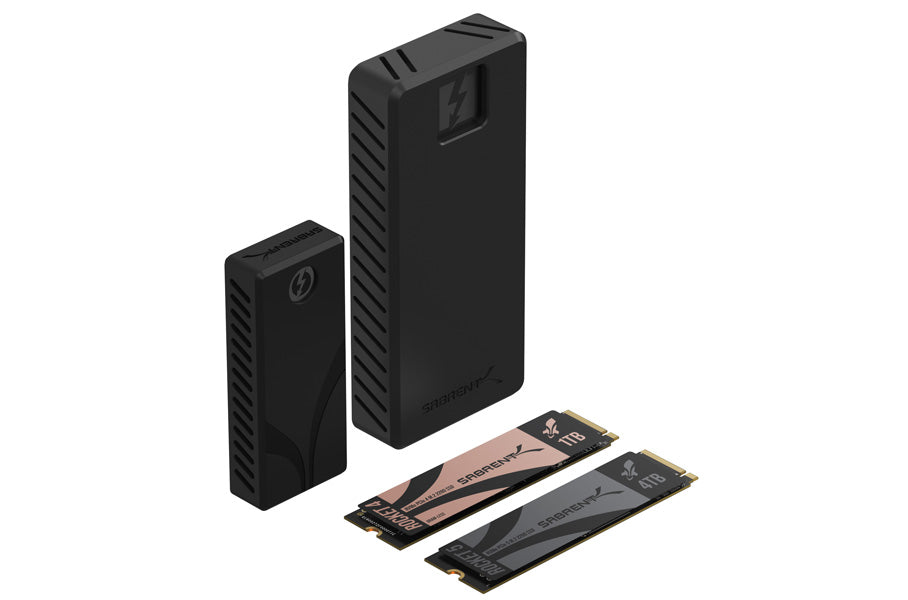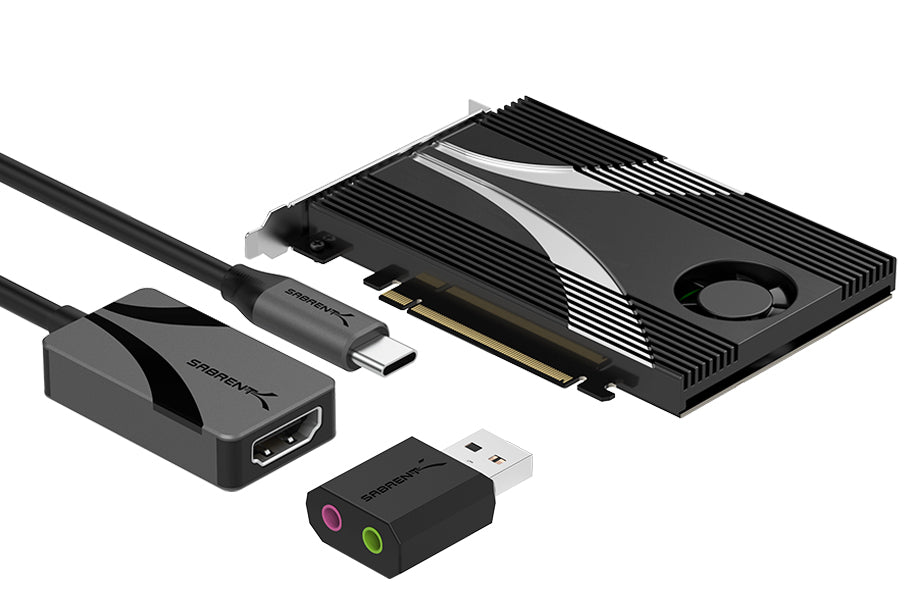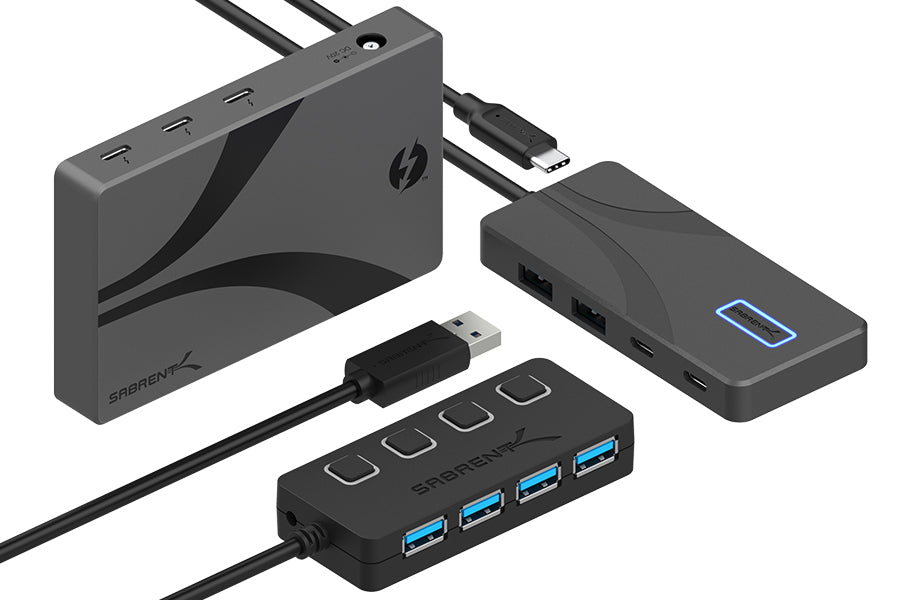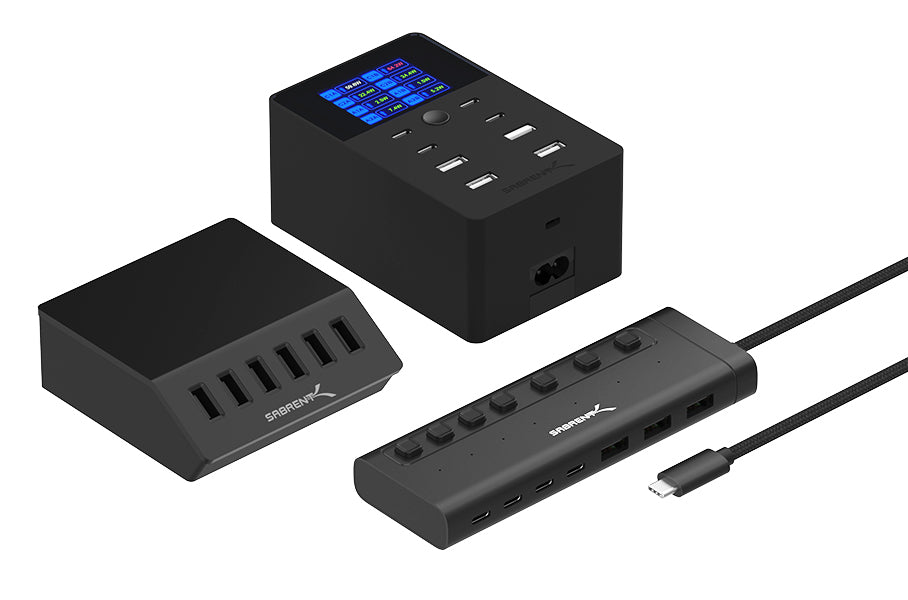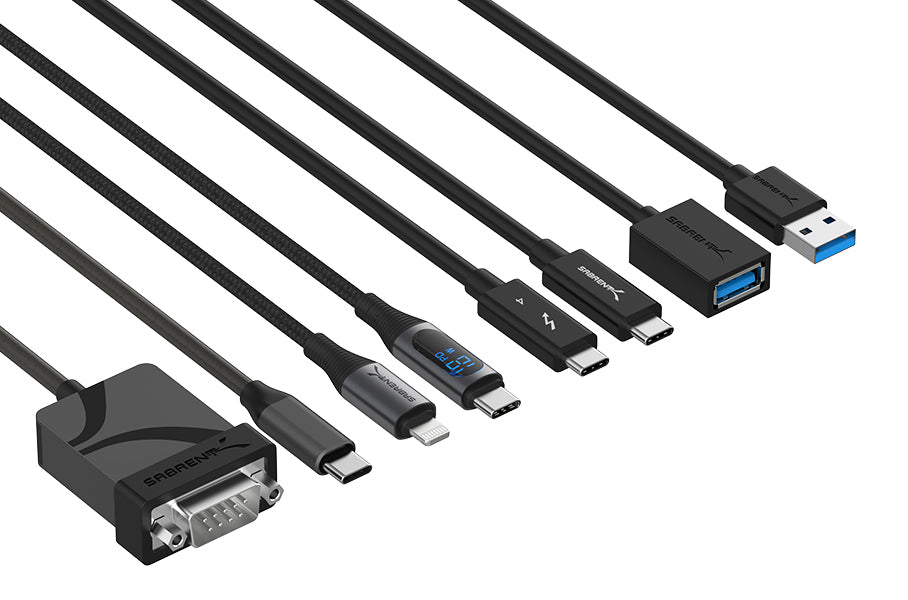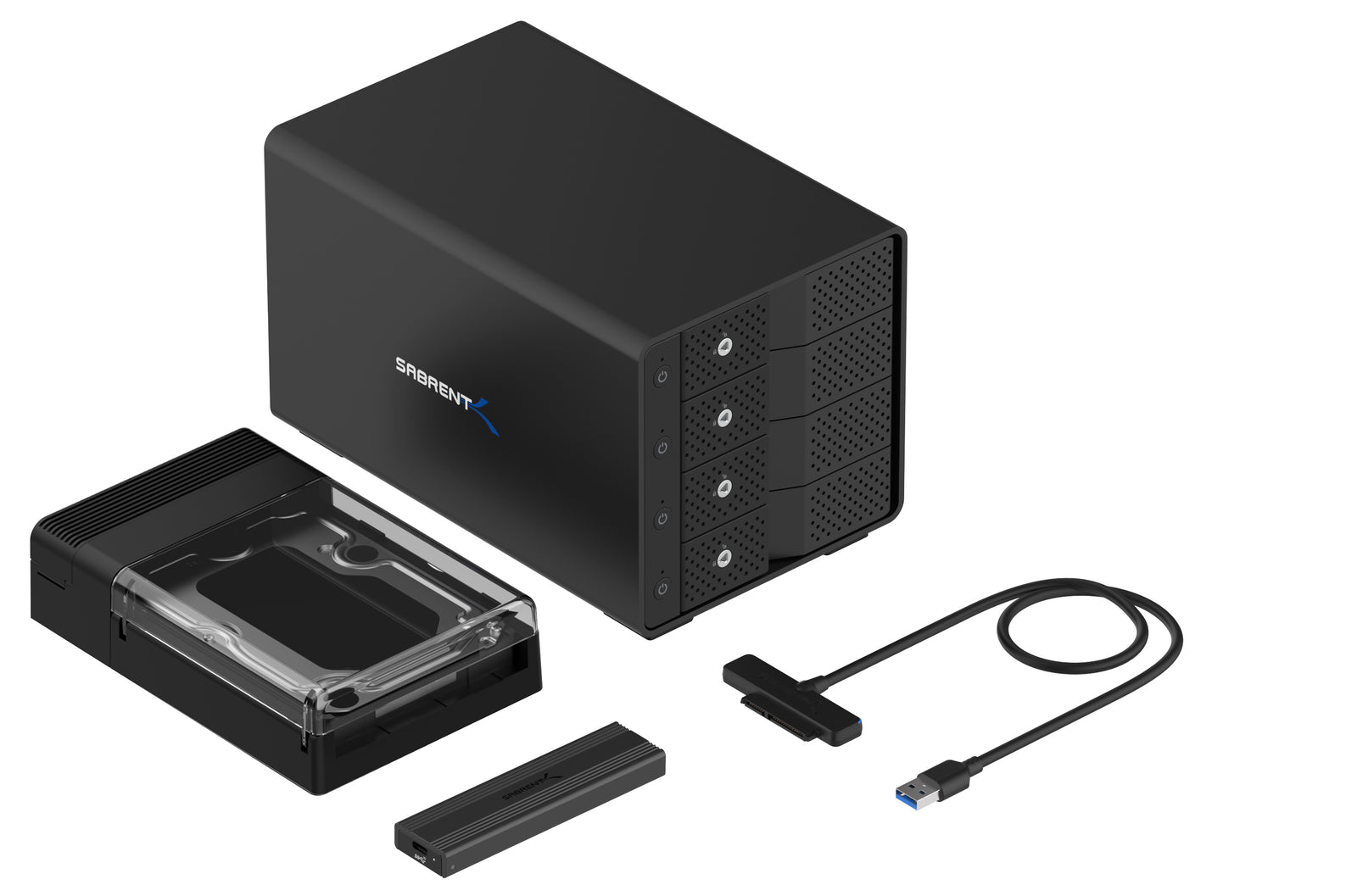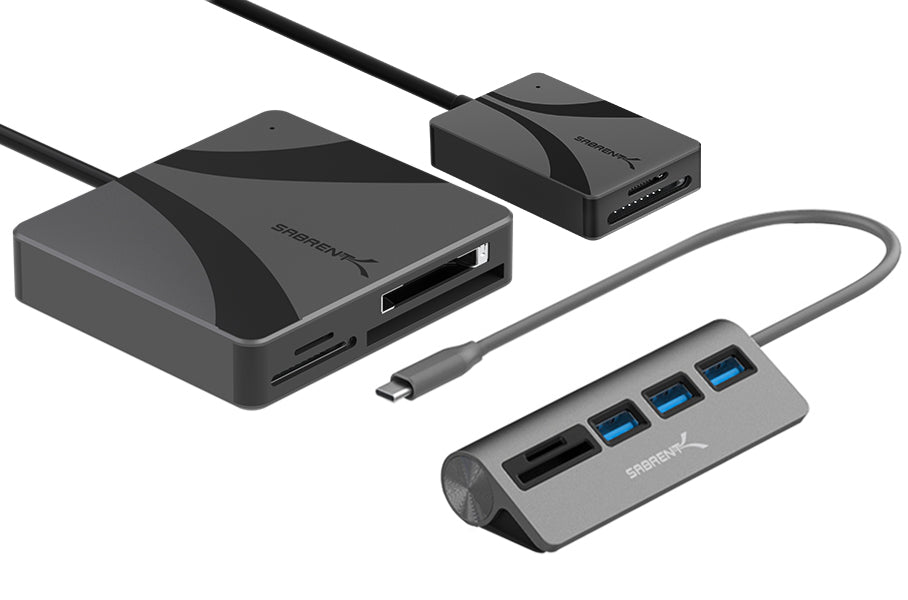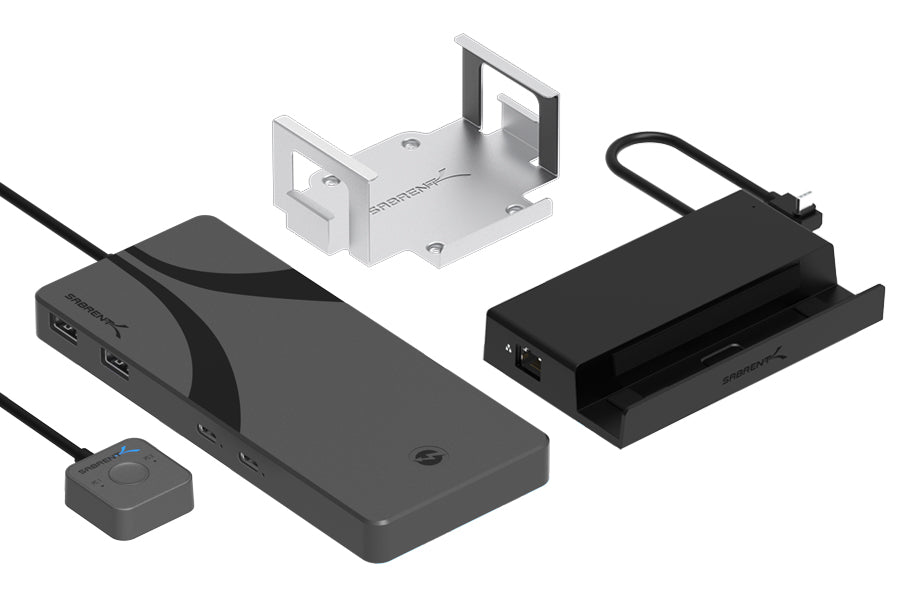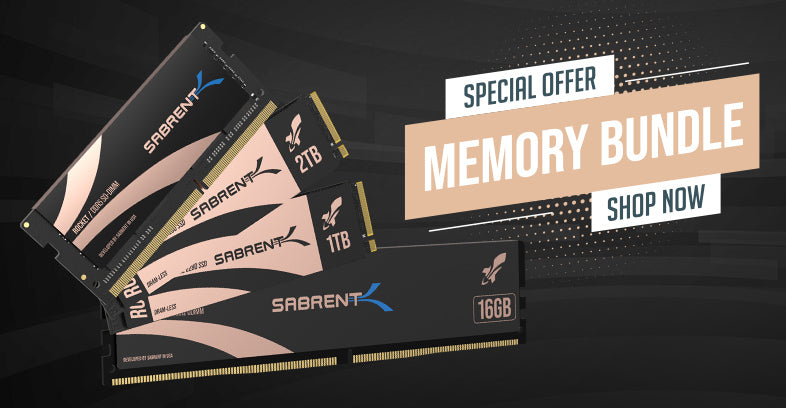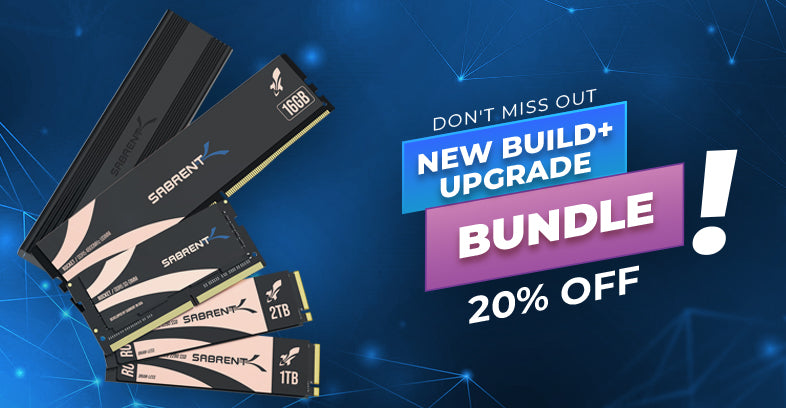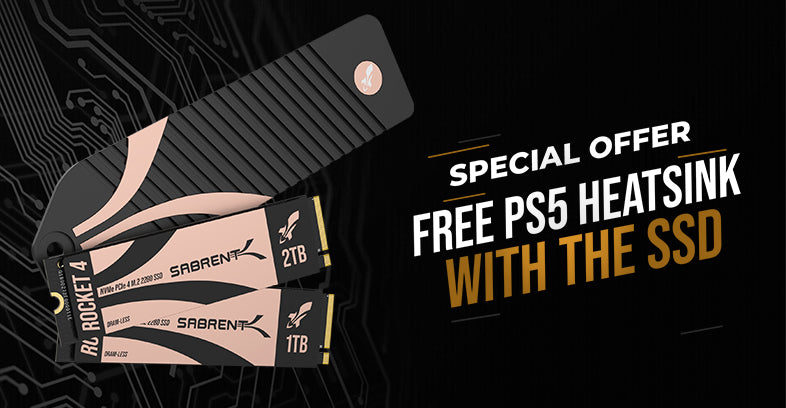Network booting, or the Preboot eXecution Environment (PXE, pronounced "pixie"), has been around a long time. PXE (wikipedia.org) utilizes network protocols including DHCP and TFTP to enable systems to boot remotely when properly configured in the BIOS or UEFI. While this is typically done on the local network (LAN), iPXE (ipxe.org) allows for more options including over a wide-area network (WAN) or the Internet. This allows users to work with and try out a range of operating systems on any machine, but is easily extendable to home labs, work environments, and more.

iPXE boot menu. Source: iPXE.
There is plenty of flexibility as multiple architectures are supported and NIC firmware does not have to necessarily be modified. One place to start is with AIO Boot (aioboot.com) which can create and host bootable images on a disk partition with the addition of Tiny PXE Server and FreeNAS to assist. Another common approach is to use netboot (netboot.xyz) which can be hosted in multiple ways, including as a container or on a router. A primary booting method is with a PXE chain that works with both legacy BIOS and EFI BIOS modes. Conveniently, netboot does support the ARM64 architecture for devices like the Raspberry Pi.

Interactive netboot menu. Source: netboot.
Although this might still seem complicated, luckily there are a lot of good tutorials and guides available for everything from a simple to a more complex setup. Starting with Windows (youtube.com) and AIO Boot is not a bad idea as it can familiarize you with the concepts while providing a flexible approach. You can also try or move on to netboot.xyz (youtube.com) for more complex solutions. It's possible to never need a USB flash drive again. This is a great way to learn how to work with virtual machines (VMs) and other operating systems, especially Linux distributions (distrowatch.com).
We sell multiple USB/Thunderbolt Ethernet adapters and other accessories that can be used in tandem with PXE. Even some of our docks and hubs have built-in Ethernet. Extending your devices with additional ports can enable you to leverage the full power of a bootable network. Why settle for one, static OS? If you're into computer tinkering or repair, the ability to boot into repair tools and imaging utilities cannot be underestimated.
It's easy to customize the images available for booting in a number of ways, for example with a USB drive plugged into your router or in a virtual container, to supplement your projects and ideas. If you want it hosted on fast storage or need more RAM for your server, we've got you covered. Start exploring today.

